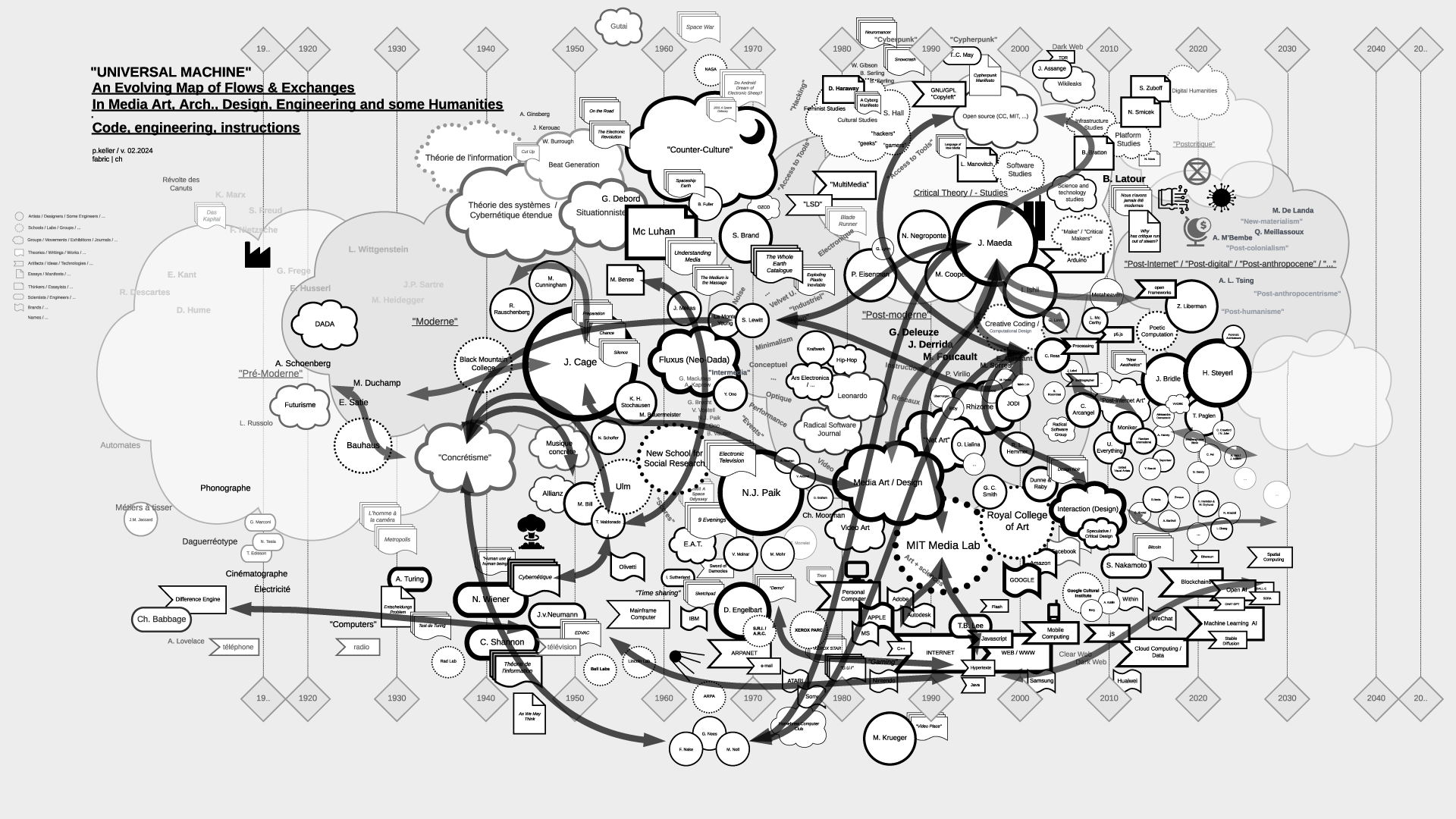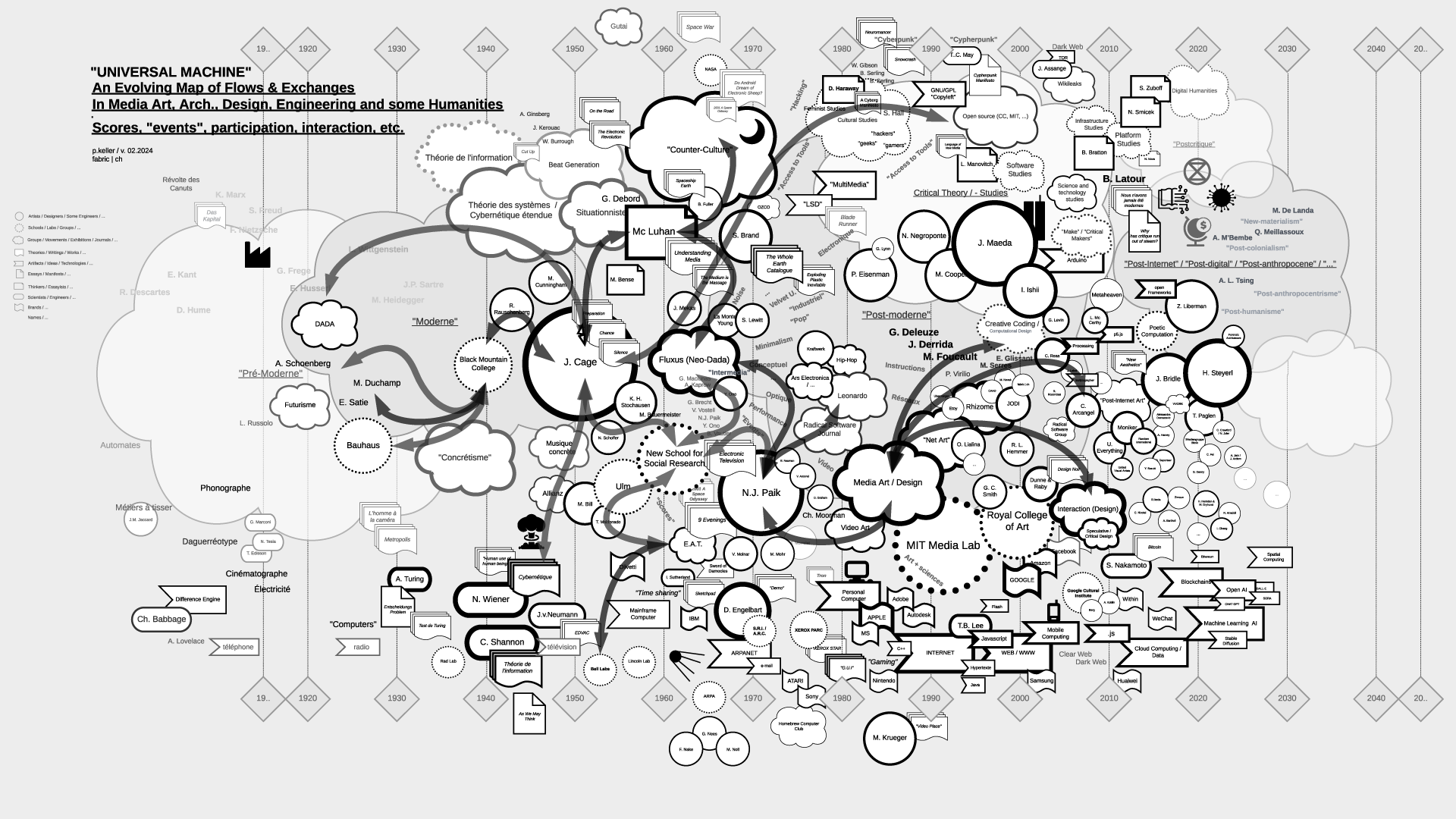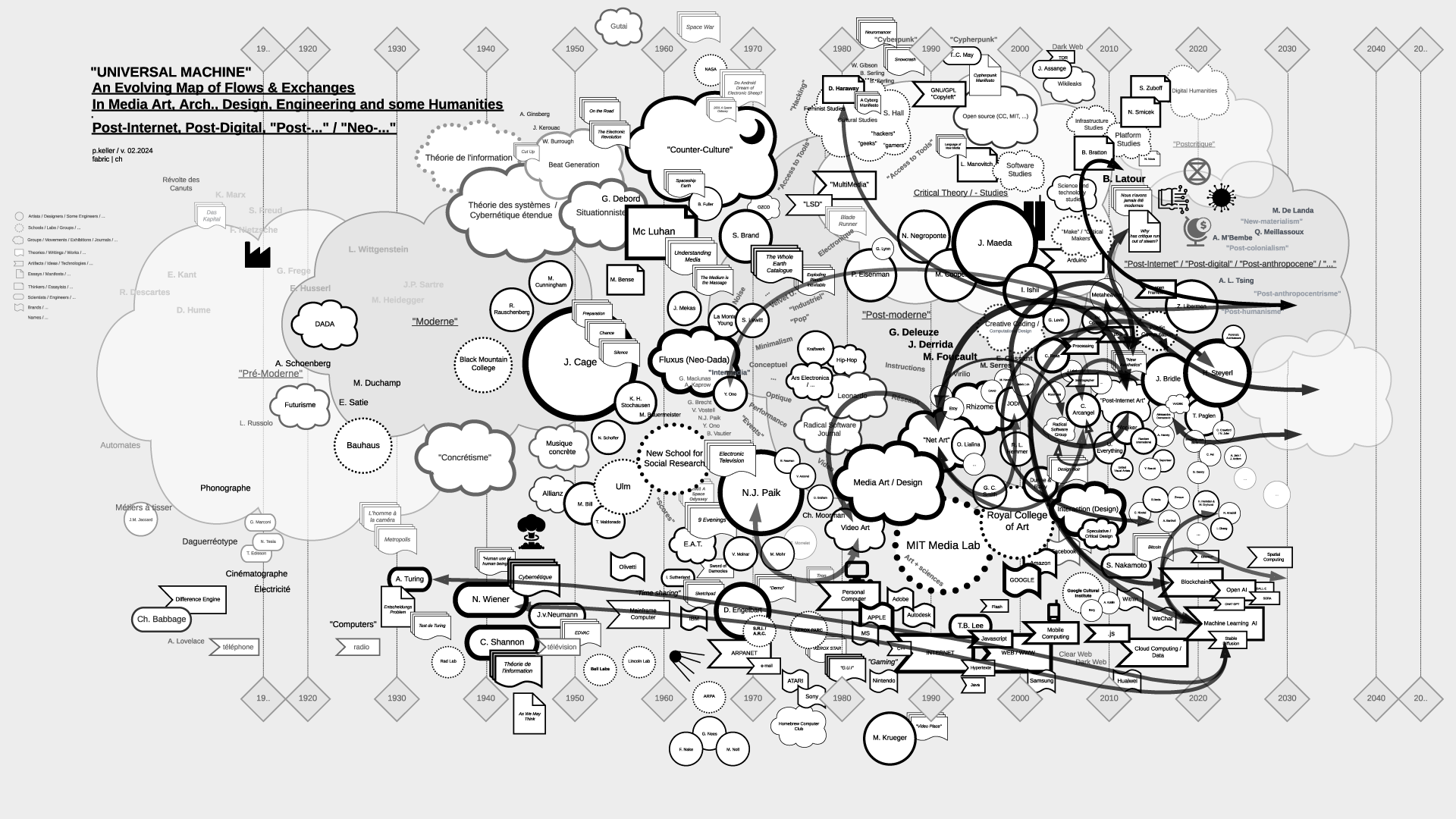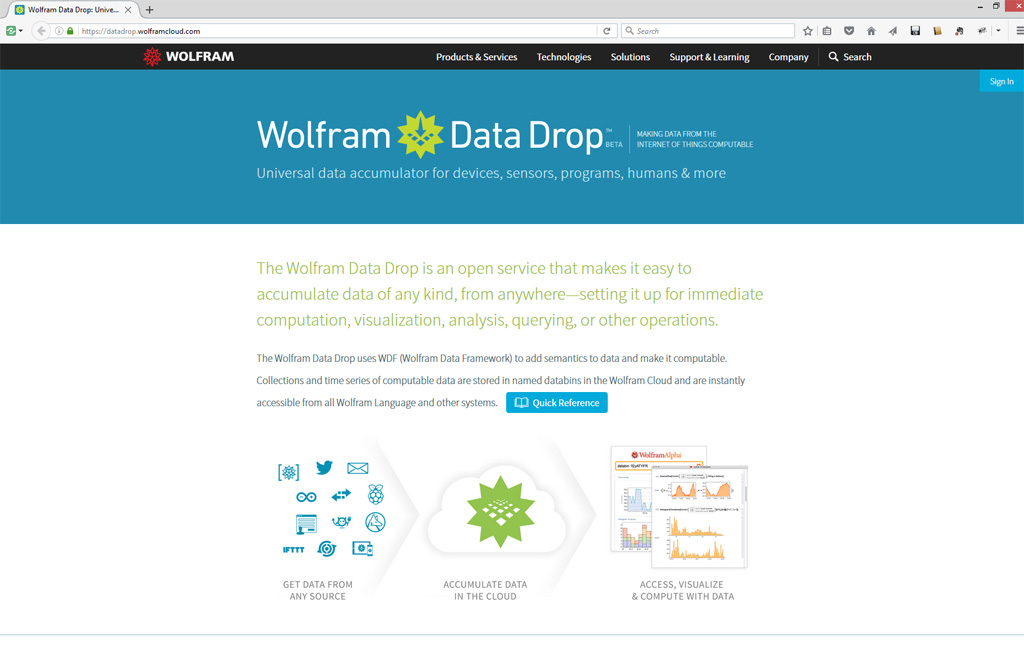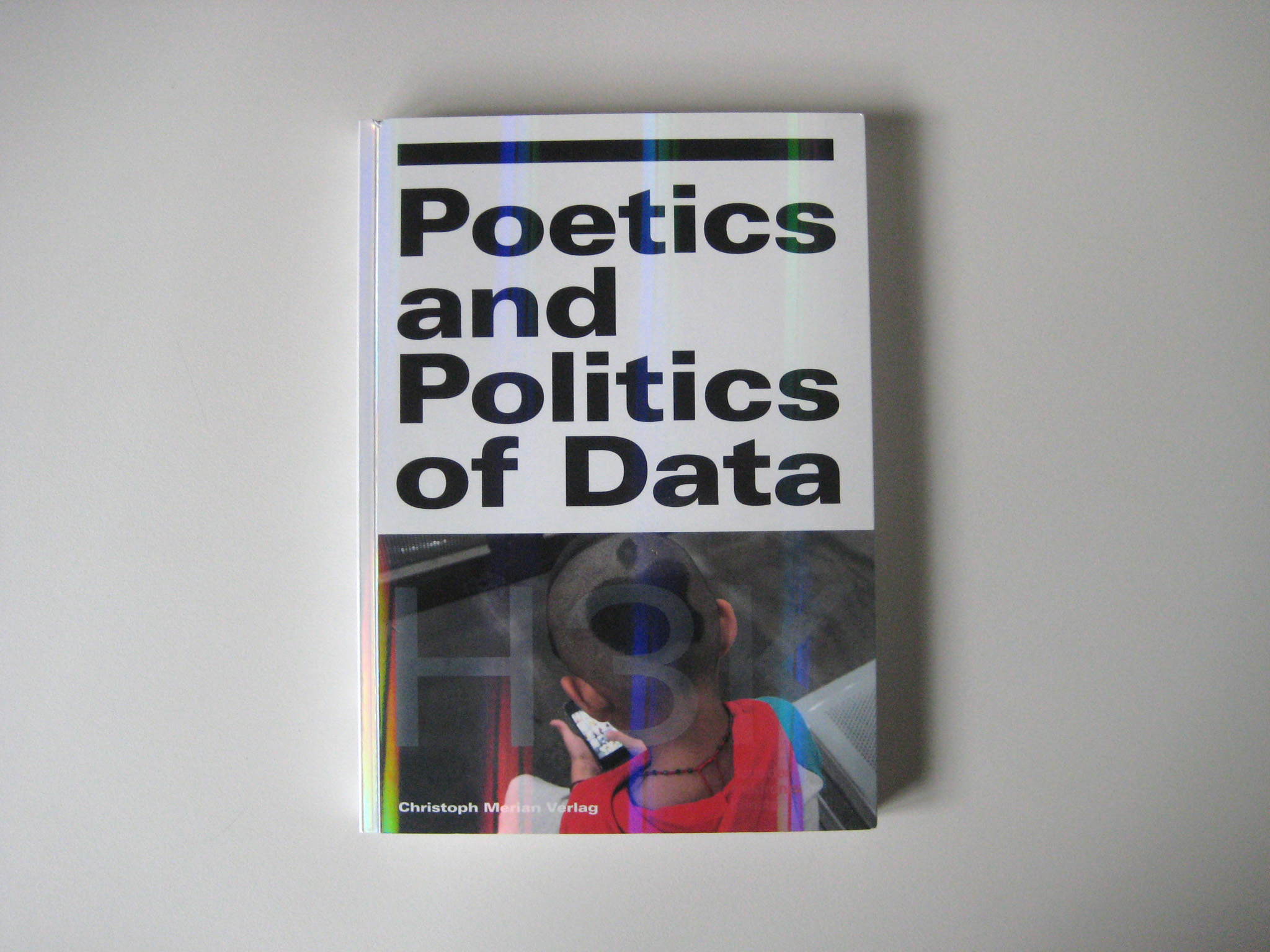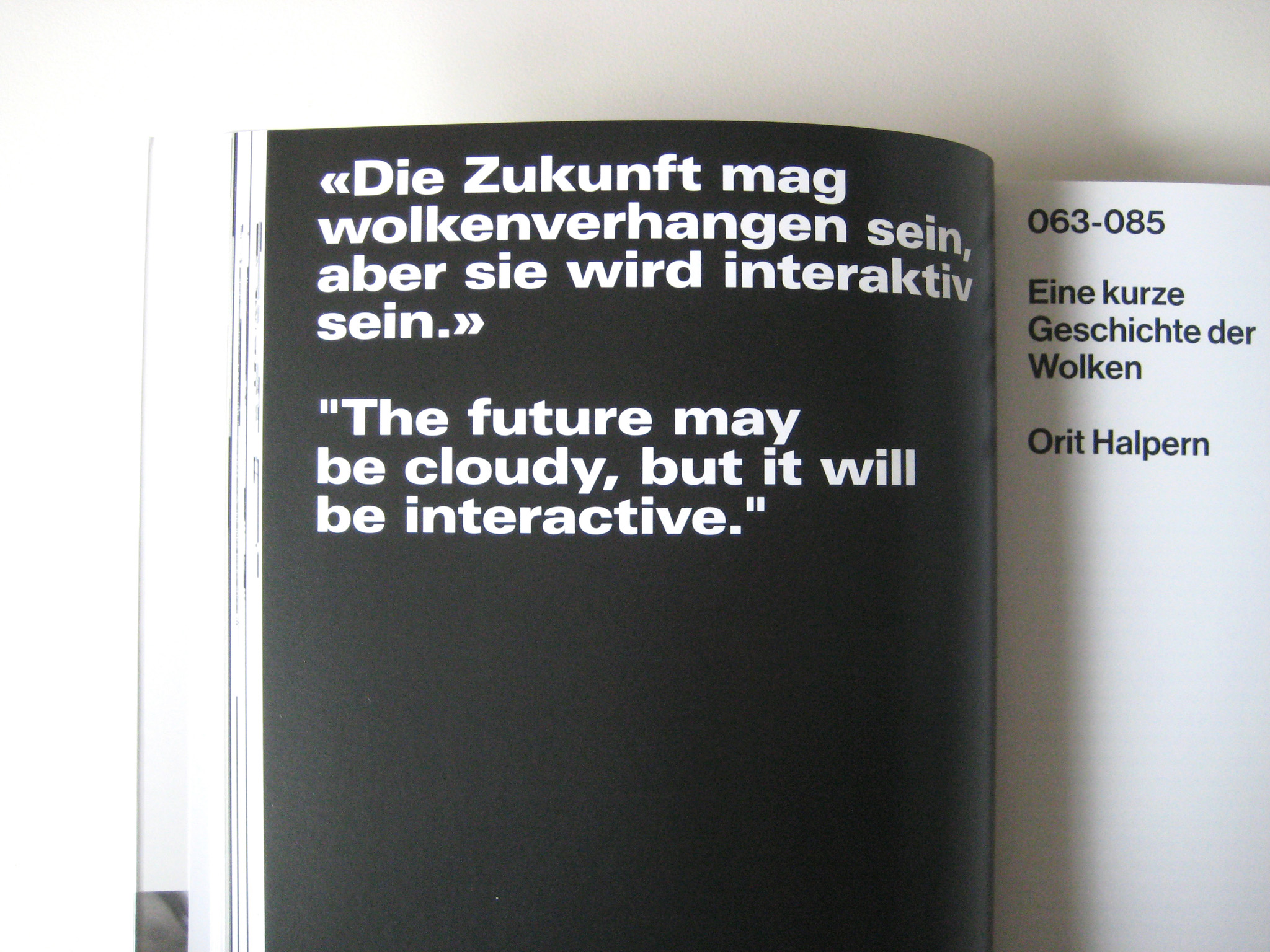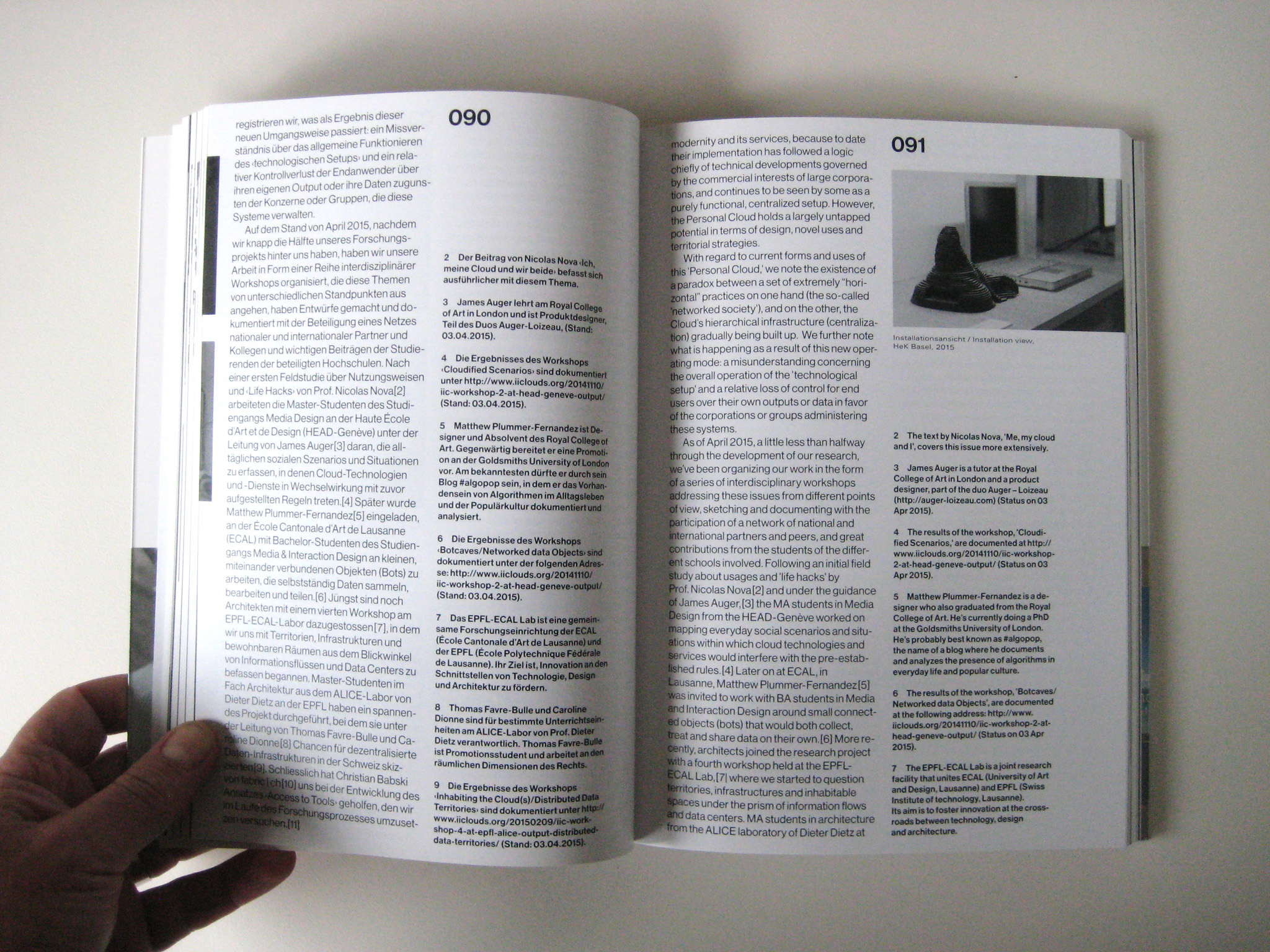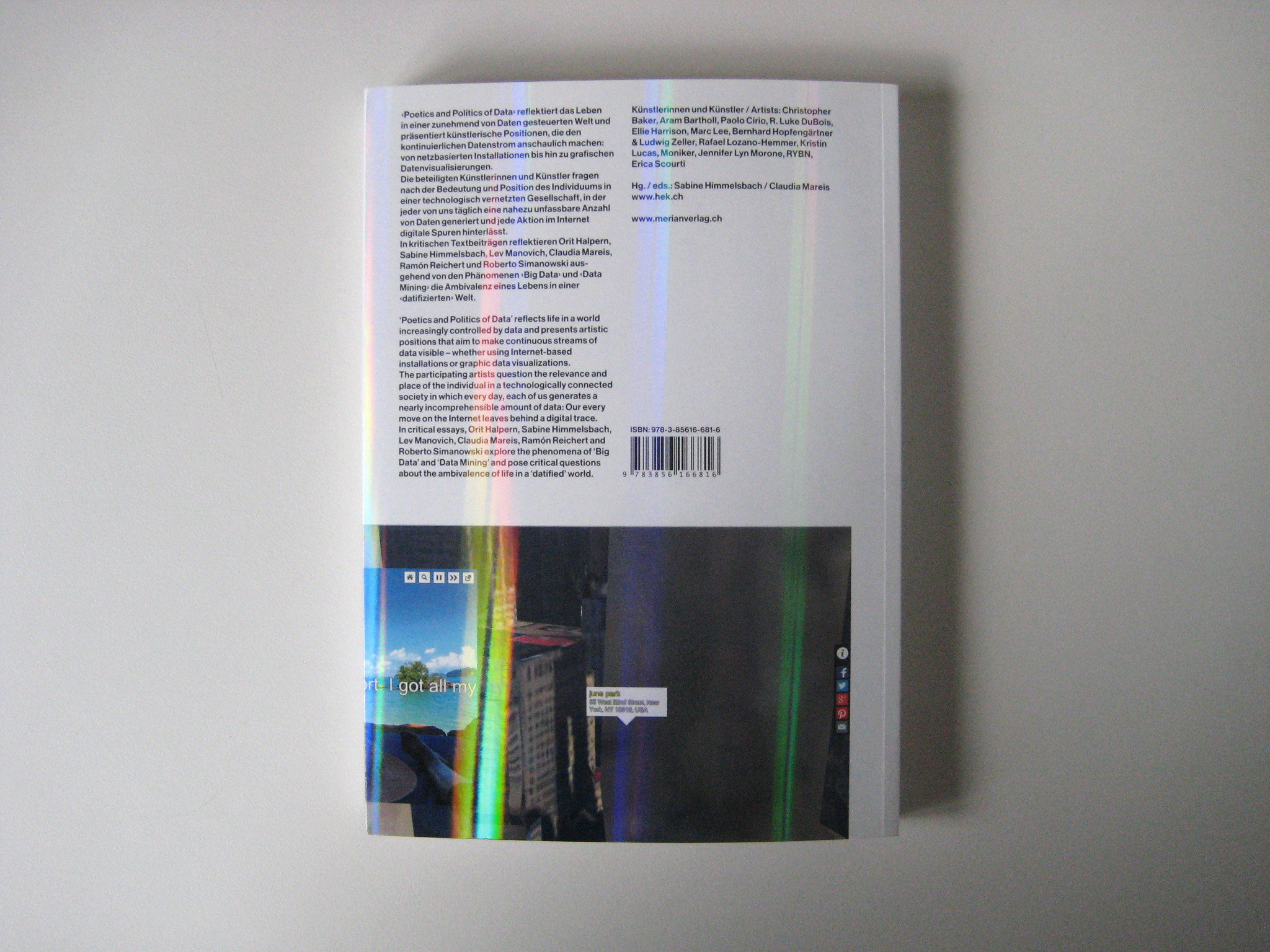Sticky Postings
All 242 fabric | rblg updated tags | #fabric|ch #wandering #reading
By fabric | ch
-----
As we continue to lack a decent search engine on this blog and as we don't use a "tag cloud" ... This post could help navigate through the updated content on | rblg (as of 09.2023), via all its tags!
FIND BELOW ALL THE TAGS THAT CAN BE USED TO NAVIGATE IN THE CONTENTS OF | RBLG BLOG:
(to be seen just below if you're navigating on the blog's html pages or here for rss readers)
--
Note that we had to hit the "pause" button on our reblogging activities a while ago (mainly because we ran out of time, but also because we received complaints from a major image stock company about some images that were displayed on | rblg, an activity that we felt was still "fair use" - we've never made any money or advertised on this site).
Nevertheless, we continue to publish from time to time information on the activities of fabric | ch, or content directly related to its work (documentation).
Tuesday, February 27. 2024
"Universal Machine": historical graphs on the relations and fluxes between art, architecture, design, and technology (19.. - 20..) | #art&sciences #history #graphs
Note (03.2024): The contents of the files (maps) have been updated as of 02.2024.
-
Note (07.2021): As part of my teaching at ECAL / University of Art and Design Lausanne (HES-SO), I've delved into the historical ties between art and science. This ongoing exploration focuses on the connection between creative processes in art, architecture, and design, and the information sciences, particularly the computer, also known as the "Universal Machine" as coined by A. Turing. This informs the title of the graphs below and this post.
Through my work at fabric | ch, and previously as an assistant at EPFL followed by a professorship at ECAL, to experience first hand some of these massive transformations in society and culture.
Thus, in my theory courses, I've aimed to create "maps" that aid in comprehending, visualizing, and elucidating the flux and timelines of interactions among individuals, artifacts, and disciplines. These maps, imperfect and constrained by size, are continuously evolving and open to interpretation beyond my own. I regularly update them as part of the process.
Yet, in the absence of a comprehensive written, visual, or sensitive history of these techno-cultural phenomena as a whole, these maps serve as valuable approximation tools for grasping the flows and exchanges that either unite or divide them. They offer a starting point for constructing personal knowledge and delving deeper into these subjects.
This is precisely why, despite their inherent fuzziness - or perhaps because of it - I choose to share them on this blog (fabric | rblg), in an informal manner. It's an invitation for other artists, designers, researchers, teachers, students, and so forth, to begin building upon them, to depict different flows, to develop pre-existing or subsequent ideas, or even more intriguingly, to diverge from them. If such advancements occur, I'm keen on featuring them on this platform. Feel free to reach out for suggestions, comments, or to share new developments.
...
It's worth mentioning that the maps are structured horizontally along a linear timeline, spanning from the late 18th century to the mid-21st century, predominantly focusing on the industrial period. Vertically, they are organized around disciplines, with the bottom representing engineering, the middle encompassing art and design, and the top relating to humanities, social events, or movements.
Certainly, one might question this linear timeline, echoing the sentiments of writer B. Latour. What about considering a spiral timeline, for instance? Such a representation would still depict both the past and the future, while also illustrating the historical proximities of topics, connecting past centuries and subjects with our contemporary context in a circular manner. However, for the time being, and while recognizing its limitations, I adhere to the simplicity of the linear approach.
Countless narratives can emerge as inherent properties of the graphs, underscoring that they are not their origins but rather products thereof.
...
The selection of topics (code, scores-instructions, countercultural, network-related, interaction, "post-...") currently aligns with the themes of my teaching but is subject to expansion, possibly toward an underlying layer revealing the material conditions that underpinned and facilitated the entire process.
In any case, this could serve as a fruitful starting point for some further readings or perhaps a new "Where's Waldo/Wally" kind of game!
Via fabric | ch
-----
By Patrick Keller
Rem.: By clicking on the thumbnails below you'll get access to HD versions.
"Universal Machine", main map (late 18th to mid 21st centuries):
Flows in the map > "Code":
Flows in the map > "Scores, Partitions, ...":
Flows in the map > "Countercultural, Subcultural, ...":
Flows in the map > "Network Related":
Flows in the map > "Interaction":
Flows in the map > "Post-Internet/Digital, "Post -..." , "Neo -...", ML/AI":
...
To be continued (& completed) ...
Friday, October 28. 2022
Art x Science Dialogues: Curation In The Context of Artificial Intelligence - fabric | ch & Aiiiii Art Center Shanghai | #AI #exhibition #architecture
Note:
fabric | ch had the pleasure to present our recent works at the invitation of Swissnex China, during an online panel along with Ms. Xi Li, curator and director of the Aiiiii Art Center in Shanghai.
This was in particular the occasion to introduce Platform of Future-Past, a new installation and environmental device realized for the exhibition at How Art Center (Shanghai)
The panel was moderated by Cissy Sun, Head of Art-Science, Swissnex in China.
Via Swissnex China
-----
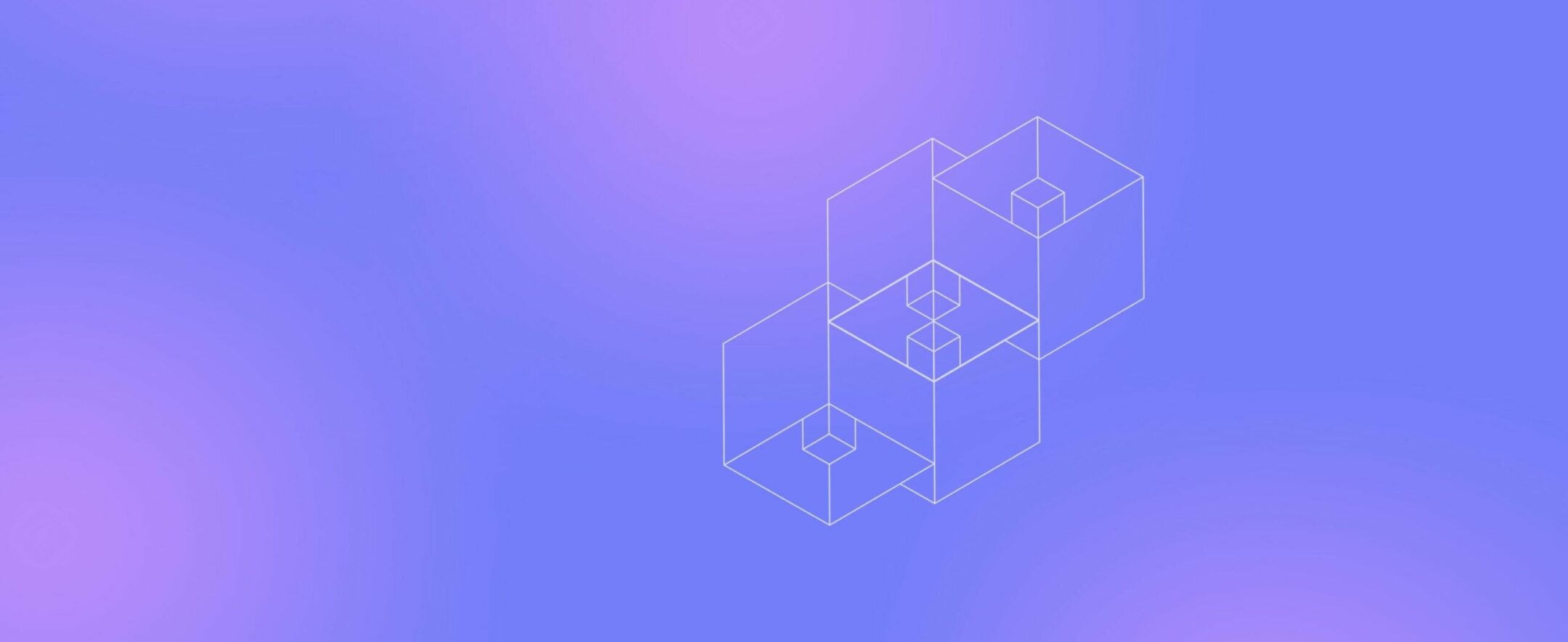
Art x Science Dialogues: Curation In The Context of Artificial Intelligence
Join the upcoming Art x Science Dialogue, exploring the topic of curation and artificial intelligence with Mr. Patrick Keller, Architect and Co-founder of fabric | ch and Ms. Xi Li, Curator and Director of Aiiiii Art Center.
---
When
Where
While the question of whether AI will take over the art world has been raised repeatedly, there seems to be a consensus in the art world that AI is a creative tool and that we should make better use of it. And it is the same with curation. Using algorithms in content curation and spatial design, implementing AI systems in museums, curating on generative artworks and etc. are the new issues facing today’s curators.
In the upcoming edition of Art x Science Dialogue, we’ll invite Mr. Patrick Keller, Architect and Co-founder of fabric | ch, and Ms. Xi Li, Curator and Director of Aiiiii Art Center, to join the conversation on the topic of curation and artificial intelligence.
Patrick Keller will present the works from their Collective – fabric | ch, featuring Atomized (curatorial) Functioning. It is an architectural project based on automated algorithmic principles, to which a machine learning layer can be added as required. It is a software piece that endlessly creates and saves new spatial configurations for a given situation and converges towards a “solution”, in real-time 3d and according to dynamic data and constraints. While Xi Li will present her research on AI art curation and her perspectives and practices in curating the exhibitions at Aiiiii Art Center. It is a brand new artificial intelligence art institution based in Shanghai, aiming to offer insight into the many challenges, practices, and creative modes of artificial intelligence-based art.
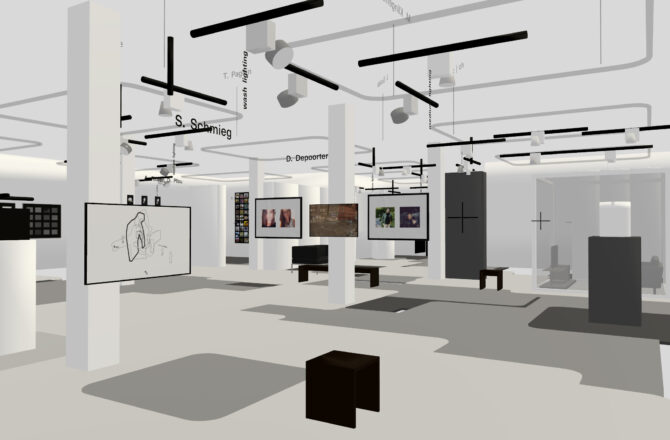
Atomized (curatorial) Functioning, by fabric | ch
---
PROGRAM
16:00 – 16:05 Opening Remarks
Cissy Sun, Head of Art-Science, Swissnex in China
16:05 – 16:25 Presentation
Patrick Keller, Architect, Co-founder, fabric | ch
16:25 – 16:45 Presentation
Xi Li, Curator, Director, Aiiiii Art Center
16:45 – 17:00 Discussion and Q&A
SPEAKERS
---
fabric | ch – studio for architecture, interaction & research
Combining experimentation, exhibition, and production, fabric | ch formulates new architectural proposals and produces singular livable spaces that bind localized and distributed landscapes, algorithmic behaviors, atmospheres, and technologies.
Since the foundation of the studio, the architects and scientists of fabric | ch have investigated the field of contemporary space in its interaction with technologies. From network-related environments that blend physical and digital properties to algorithmic recombination of locations, temporalities, and dimensions based on the objective sensing of their environmental data, it is the nature of our relationship to the environment and to contemporary space that is rephrased.
The work of fabric | ch deals with issues related to the mediation of our relationship to place and distance, to automated climatic, informational, and energetic exchanges, to mobility and post-globalization, all inscribed in a perspective of creolization, spatial interbreeding, new materialism, and sustainability.
fabric | ch is currently composed of Christian Babski, Stéphane Carion, Christophe Guignard and Patrick Keller (cofounders of the collective), Keumok Kim and Michaël Chablais.
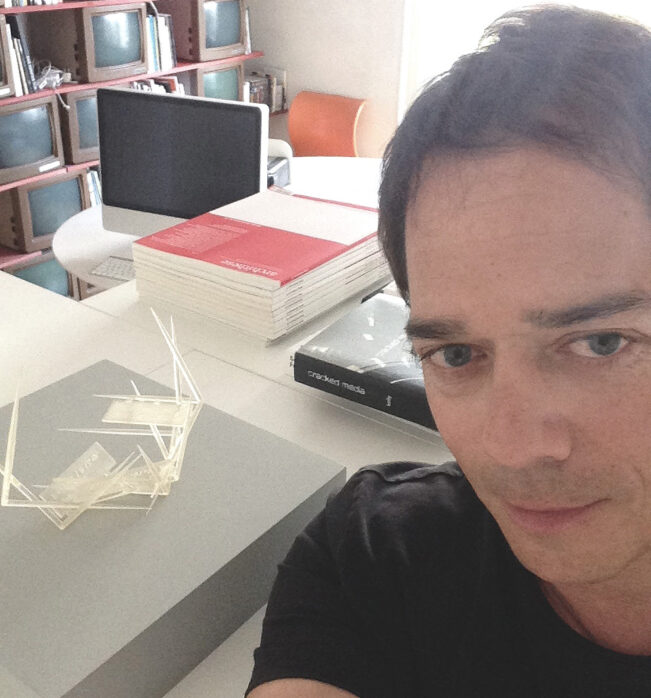
Patrick Keller is an architect and founding member of the collective fabric | ch, composed of architects, artists, and engineers, based in Lausanne, Switzerland.
In this context, he has contributed to the creation, development, and exhibition of numerous experimental works dealing with the intersection of architecture, networks, algorithms, and data, along with livable environments.
---
Aiiiii Art Center
Aiiiii Art Center (Est. 2021) is an artificial intelligence art institution based in Shanghai. The organization seeks to support, promote, as well as incubate both international and domestic artists and projects related to intelligent algorithms. Aiiiii Art Center is committed to becoming a pioneer of artificial intelligence through the discovery of exciting possibilities afforded by the intersections of creativity and technology.
Aiiiii Art Center aims to offer insight into the many challenges, practices, and creative modes of artificial intelligence-based art. Such aims will be achieved through academic conferences and published research efforts conducted either independently or in collaboration with domestic and international institutions and organizations. This organization will also actively promote and showcase the exploratory uses of artificial intelligence-based art in practice.
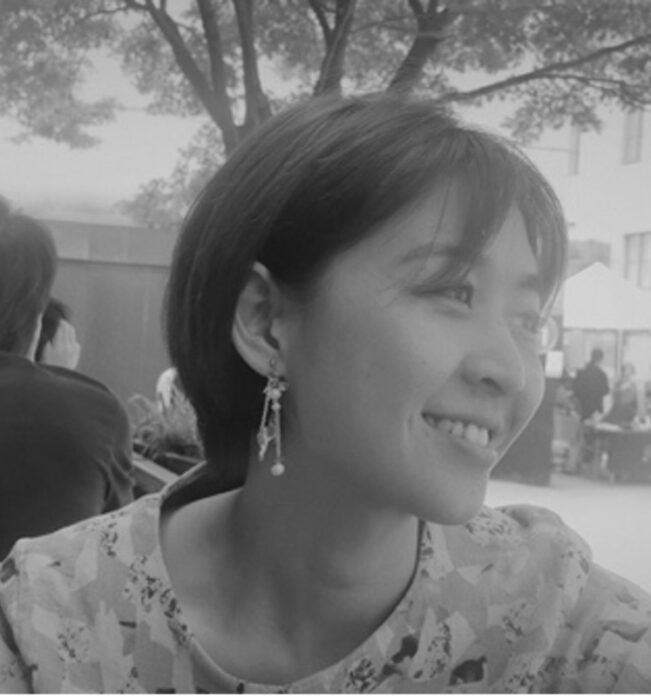
Xi Li, curator, director of Aiiiii Art Center. Graduated from Central Saint Martins MA in Narrative Environments and Central Academy of Fine Arts with a BA in Art Management.
Programs: Book of Sand: The Inaugural Exhibition of Aiiiii Art Center (2021); aai International Conference on AI Art (2021, 2022); Ritual of Signs and Metamorphosis (2018); Olafur Eliasson: The Unspeakable Openness of Things (2017);Captive of Love: Danwen Xing (2017); Over Time: The Poetic Image of the Urbanscape (2016).
---
ART X SCIENCE DIALOGUES
Art x Science Dialogues is a new webinar series initiated by Swissnex in China in 2020. The webinar series not only presents artistic projects where scientists and research engineers are deeply involved but also looks into new interdisciplinary initiatives and trends. Through the dialogues between artists and scientists, we try to stimulate the exchange of ideas between the two different worlds and explore opportunities for collaboration.
Monday, June 13. 2016
Wolfram Data Drop vs. Datadroppers | #data #drop #pick #compute
Note: after a few weeks posting about the Universal Income, here comes the "Universal data accumulator for devices, sensors, programs, humans & more" by Wolfram (best known for Wolfram Alpha computational engine and the former Mathematica libraries, on which most of their other services seem to be built).
Funilly, we've picked a very similar name for a very similar data service we've set up for ourselves and our friends last year, during an exhibition at H3K: Datadroppers (!), with a different set of references in our mind (Drop City? --from which we borrowed the colors-- "Turn on, tune in, drop out"?) Even if our service is logically much more grassroots, less developed but therfore quite light to use as well.
We developed this project around data dropping/picking with another architectural project in mind that I'll speak about in the coming days: Public Platform of Future-Past. It was clearly and closely linked.
"Universal" is back in the loop as a keyword therefore... (I would rather adopt a different word for myself and the work we are doing though: "Diversal" --which is a word I'm using for 2 yearnow and naively thought I "invented", but not...)
Via Wolfram
-----
"The Wolfram Data Drop is an open service that makes it easy to accumulate data of any kind, from anywhere—setting it up for immediate computation, visualization, analysis, querying, or other operations." - which looks more oriented towards data analysis than use in third party designs and projects.
Via Datadroppers
-----
"Datadroppers is a public and open data commune, it is a tool dedicated to data collection and sharing that tries to remain as simple, minimal and easy to use as possible." Direct and light data tool for designers, belonging to designers (fabric | ch) that use it for their own projects...
Monday, September 28. 2015
Poetics and Politics of Data (ed. S. Himmelsbach), HEK (Basel, 2015) | #data #clouds #society
Note: a book as a follow up of the exhibition for which fabric | ch designed the scenography last May at the Haus der elektronische Künste in Basel (project White Oblique, downloadable pdf on our website). I was implicated in a double way in the exhibition due to the fact that the content of the design research I'm jointly leading with Nicolas Nova for ECAL and HEAD, Inhabiting and Interfacing the Cloud(s), was also exhibited. I have the pleasure to publish a text in the book about the state and objectives of the ongoing research as well.
Via iiclouds.org
-----
Note: we’re pleased to see that the publication related to the exhibition and symposium Poetics & Politics of Data, curated by Sabine Himmelsbach at the H3K in Basel, has been released later this summer. The publication, with the same title as the exhibition, was first distributed in the context of the conference Data Traces. Big Data in the Context of Culture and Society that also took place at H3K on the 3rd andf 4th of July.
The book contains texts by Nicolas Nova (Me, My cloud and I) and myself (Inhabiting and Interfacing the Cloud(s). An ongoing Design Research), but also and mainly contributions by speakers of the conference (which include the american theorician Lev Manovitch, curator Sabine Himmelsbach and Prof. researcher from HGK Basel Claudia Mareis) and exhibiting artists (Moniker, Aram Bartholl, Rafael Lozano-Hemmer, Jennifer Lyn Morone, etc.)
The publication serves both as the catalogue of the exhibition and the conference proceedings. Due to its close relation to our subject of research (the book speaks about data, we’re interested in the infrastructure –both physical and digital– that host them), we’re integrating the book to our list of relevant book. The article A short history of Clouds, by Orit Halpern is obviously of direct signifiance to our work.
It can be ordered directly from H3K website:
Poetics and Politics of Data, 265 pp, ed. Christoph Merian Verlag, Basel, 2015 (29.- chf)
Thursday, August 27. 2015
Datadroppers, a new (old) tool or the project of a data commune | #data #commune #service
Long introductory note: we all know how data have become important and how we're currently in need of open tools to declare and use static or dynamic data ...
There was once a community data service named Pachube, but it has been sold and its community commodified... There has been initiatives by designers like the one of Berg around the idea of electronic tools, cloud and data services (Berg Cloud), but it was funded by venture capitalists and went bankrupt, unfortunately bringing down the design studio as well. There are some good, simple and interesting online services as well, like Dweet.io, but these are companies that will finally need to make money out of your data (either ways by targeted publicity or by later commodification of the community), as this is one of their main product ...
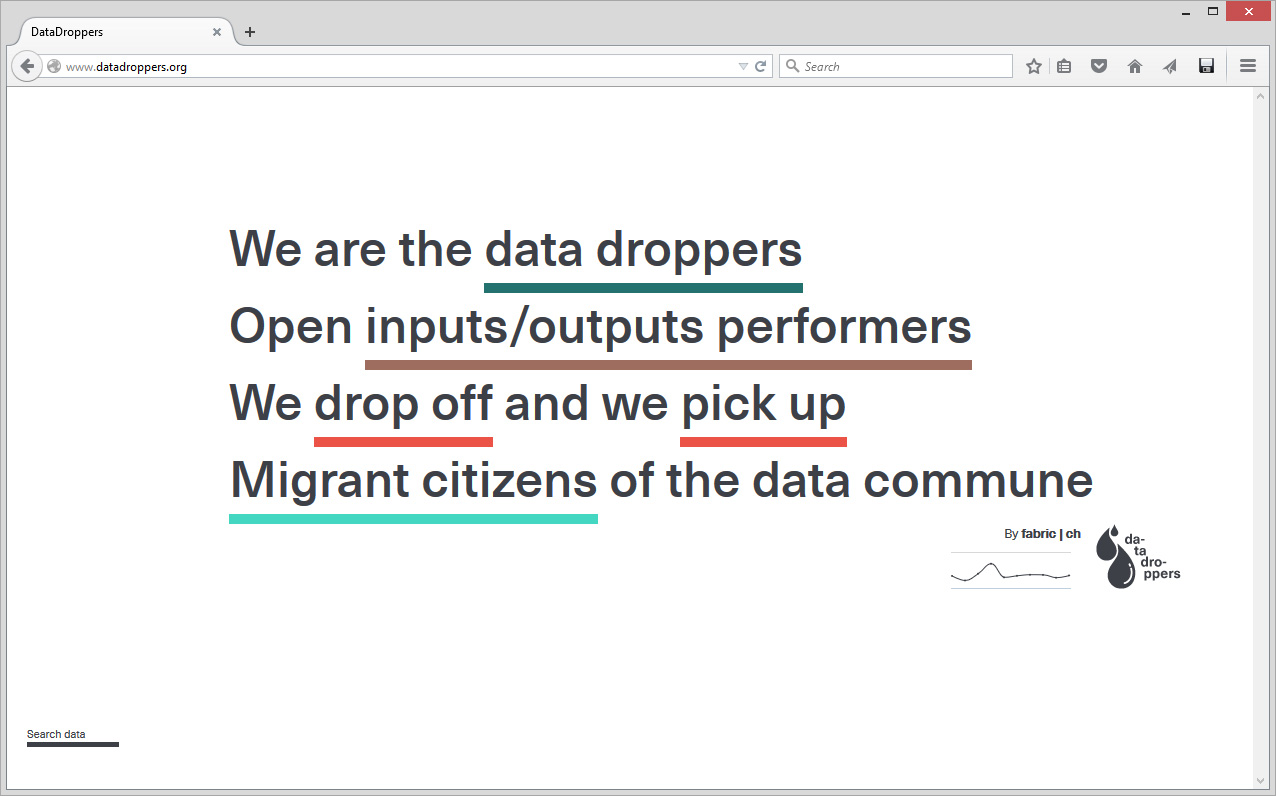
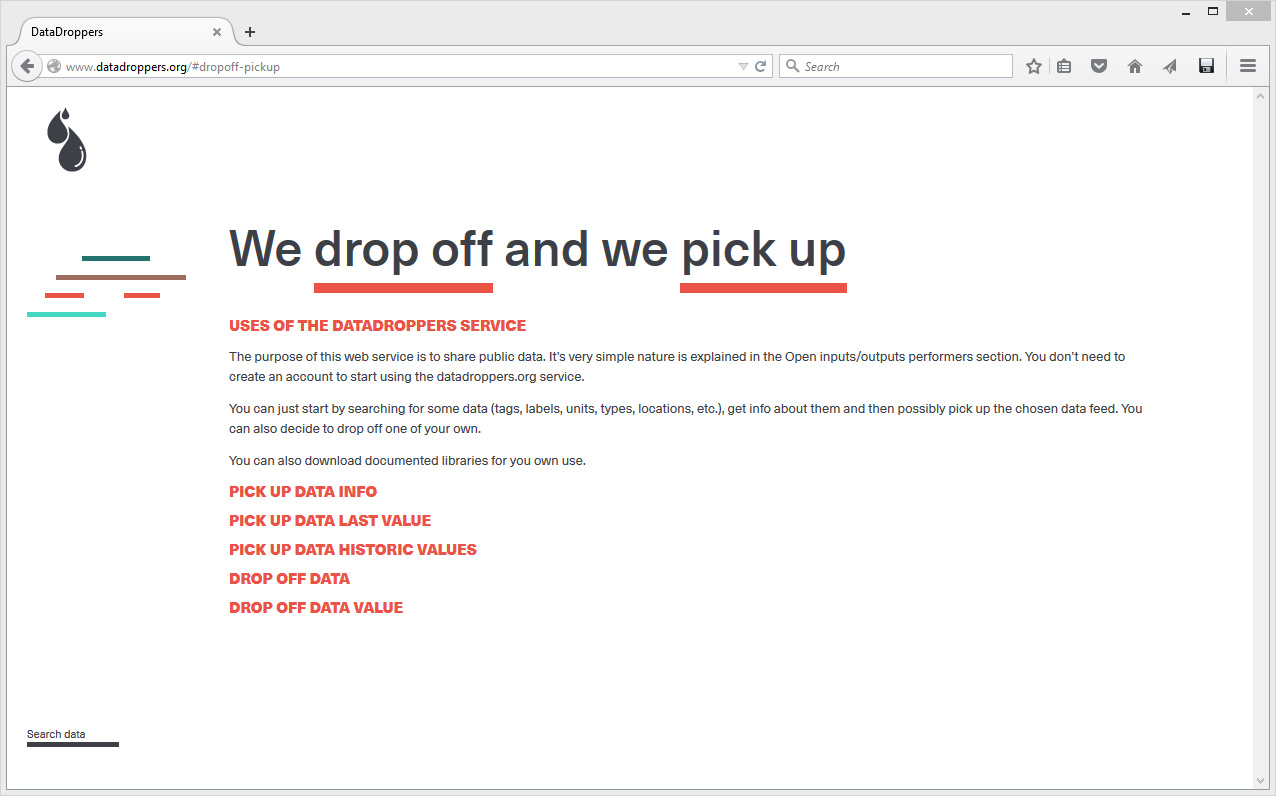
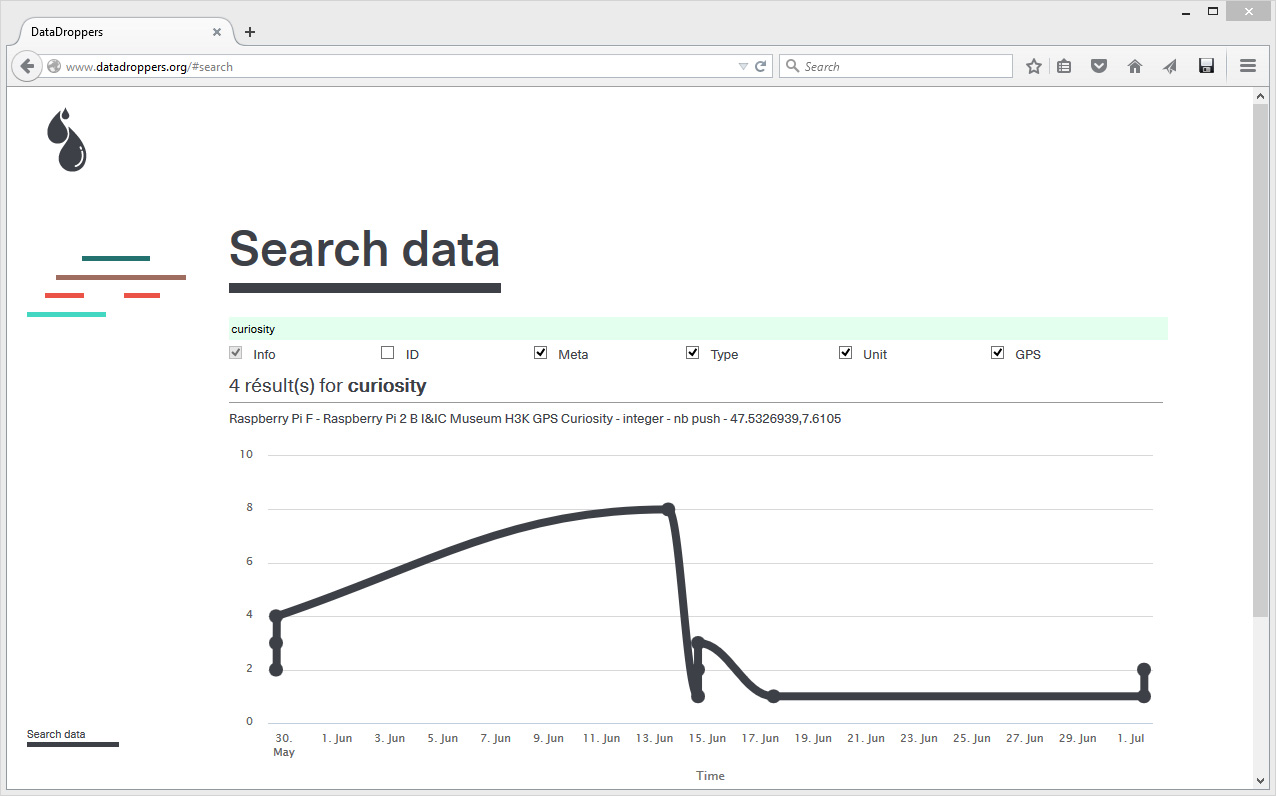
So we were in need of a tool for our own work at fabric | ch that would remain just what it is supposed to be: a tool... As we are using a lot of dynamic and static data - any kind of data - in our own architectural & interaction works, we needed one. Something simple to use, that we could manage ourselves, that would hopefully not cost much to keep running ...
Following what we already did for many previous projects, for which we designed soft technologies and then publicly released them - and yet never tried to sell them in any manner, we should stress it in this case - (Rhizoreality, I-Weather v. 2001, I-Weather v. 2009 and related apps, Deterritorialized Living), we've designed our own data service: Datadroppers - http://www.datadroppers.org -, first for our own needs, and then just released it online as well. Free to use ...
We thought of it as a data commune... trying to keep it as "socially flat" as possible: there are no login, no password, no terms of service, no community, no profiles, no "friends", almost no rules, etc., ... only one statement: "We are the data droppers / Open inputs-outputs performers / We drop off an we pick up / Migrant citizens of the data commune", which also becomes the interface of the service ...
It is a data commune, but not a "community". It is from a "market product" point of view "unsocial", almost uninteresting to later commodify. Yet there is still one single rule (so to keep the service simple and costless to handle): once you publish your data on the site, they'll become public (for everybody, including third party services that won't necessary follow the same open rules) and you won't be able to erase them, as they'll be part of the commune and will possibly be used by other "data communards" as well. They'll be online as long as the service will (i.e. I-Weather is online for 14 years now). So just declare on Datadroppers raw data that you consider for yourself public ...
The service, directly developed on the basis of previous projects we did, was first published and used last June, for an exhibition at the Haus der elektronische Künste in Basel (Switzerland). It is hosted in Switzerland / Lausanne under strict laws when it comes to data. There are very few data on the site at this time, only the ones we published from the exhibition (as a test, you can for exemple try a data search using "Raspberry Pi" as a string in the Search data section, which will bring live sensors data as a result). We will now certainly continue to use the service for future works at fabric | ch, maybe will it be also usefull for you? ...
The tool is fully functional at this time, but not entirely completed yet. We expect to release Javascript and Processing libraries later on, so to ease the use of the service when developing applications ...
By fabric | ch via datadroppers.org
-----

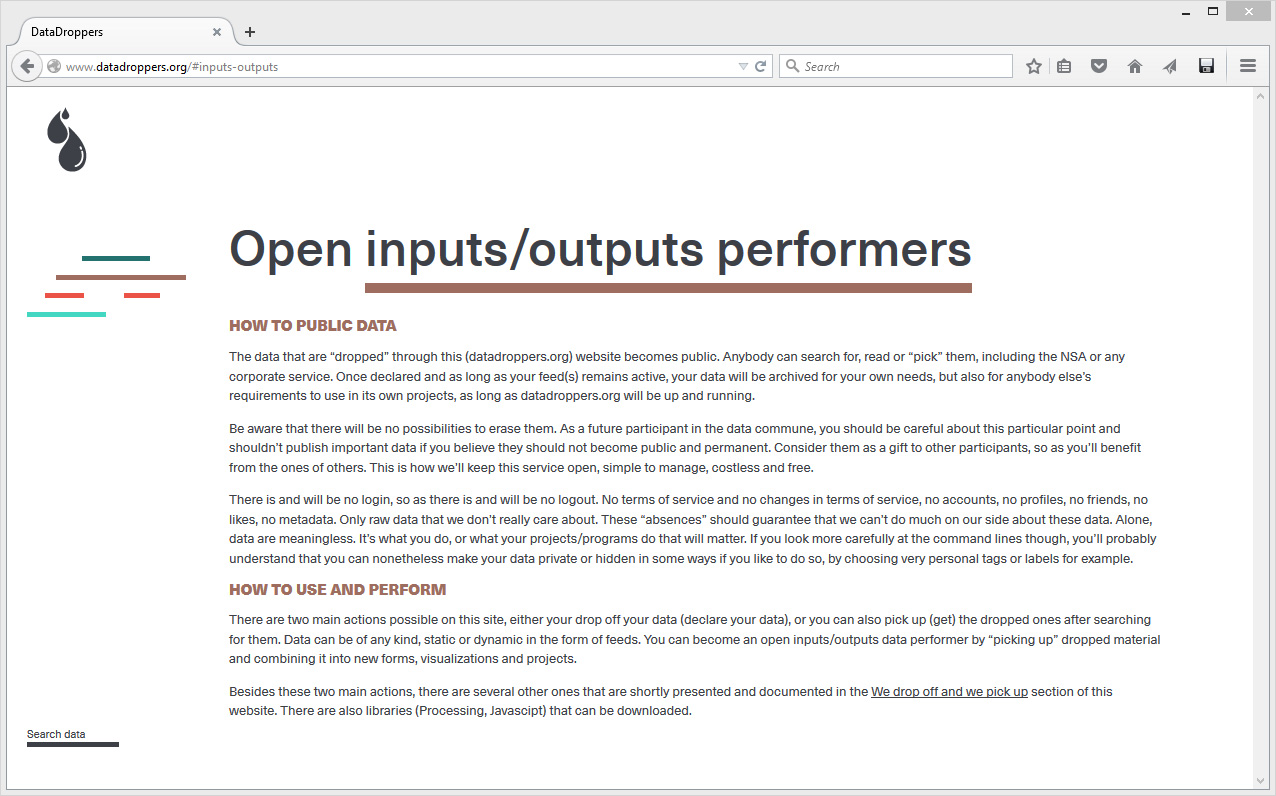
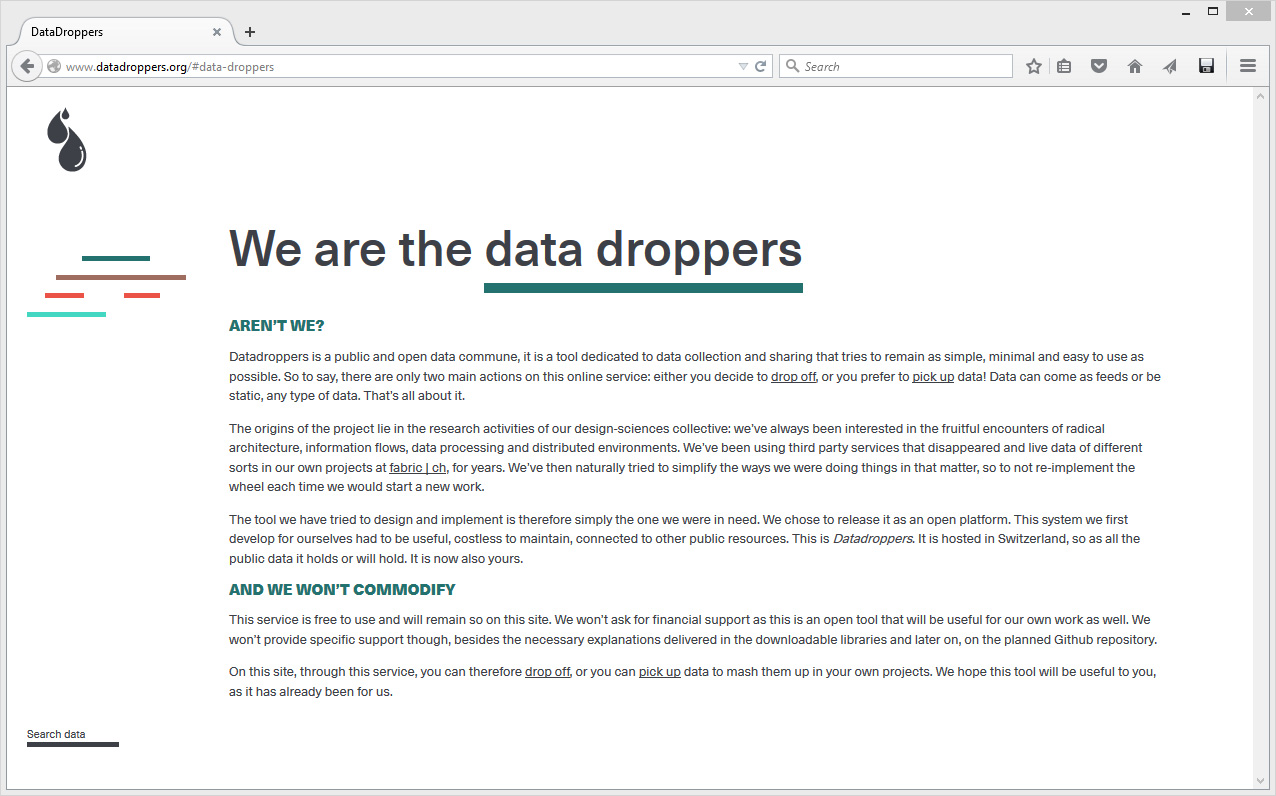
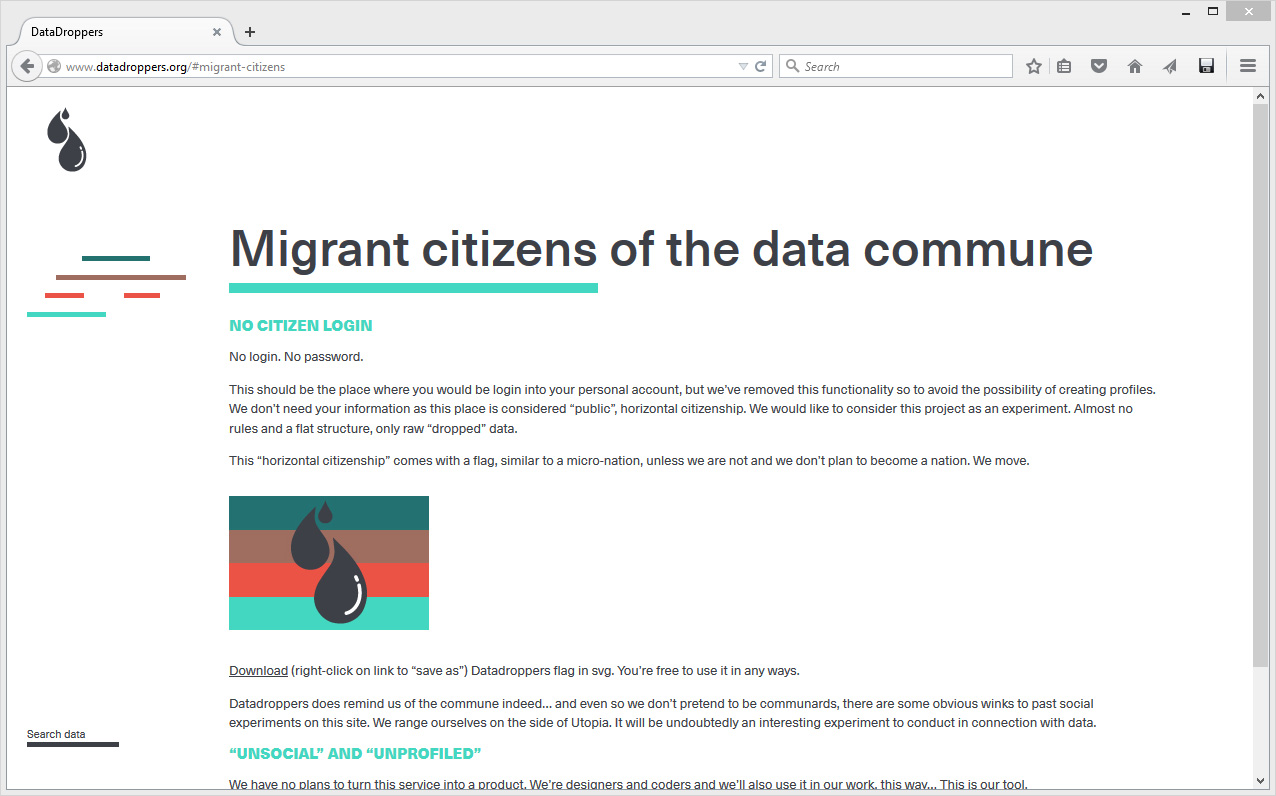

The "communal service" is in fact a statement, the statement becomes the navigation interface. The two main sections of the website are composed by the parts in which you can play with or search for data.
We drop off and we pick up is the area where one can see what can be achieved with data. Obviously, it is either possible to declare (drop off) data and tag them, or retrieve them (pick up) - image above -. You can also Search data following different criteria -below-.


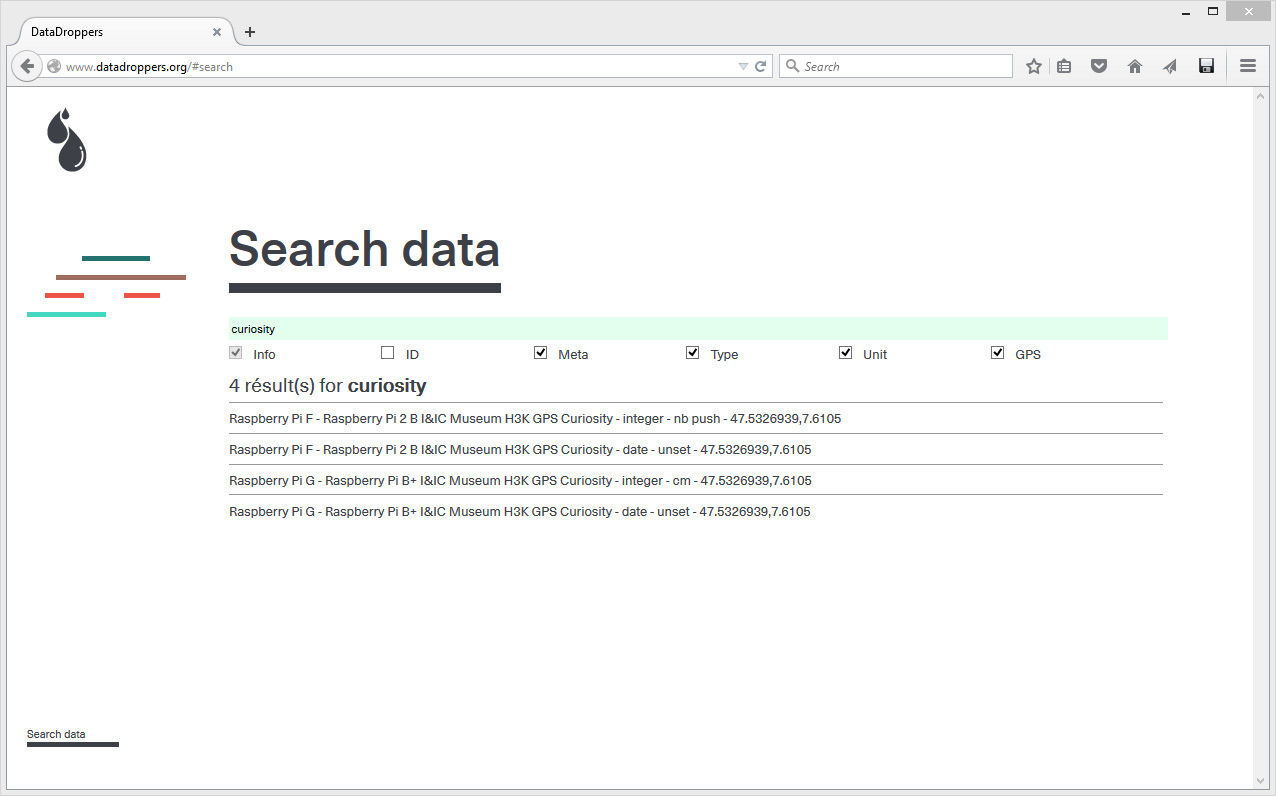

Usual data will certainly be live feeds from sensors, like the one in the top image (i.e. value: lumen). But you could certainly go for more interesting things, either when you'll create data or when you'll use them. The two images above are about "curiosity" data. They were captured within an exhibition (see below) and are already partially interpreted data (i.e. you can leave a connected button with no explanation in the exhibition space, if people press it, well... they are curious). As another exemple, we also recorded data about "transgression" in the same exhibition: a small digital screen says "don't touch" and blinks in red, while an attached sensor obviously connected to the screen can indeed be touched. Childish transgression and slightly meaningless I must admit... It was just a test.
But you could also declare other type of data, any type, while using complementary tools. You could for exemple declare each new image or file within an open cloud service and start cascading things. Or you could start thinking about data as "built" artifacts... like we did in a recent project (see below, Deterritorialized Living) that is delivered in the form of data. Or you could also and of course drop off static data that you would like to store and make accessible for a larger community.
Possibilities seems in fact to be quite large.
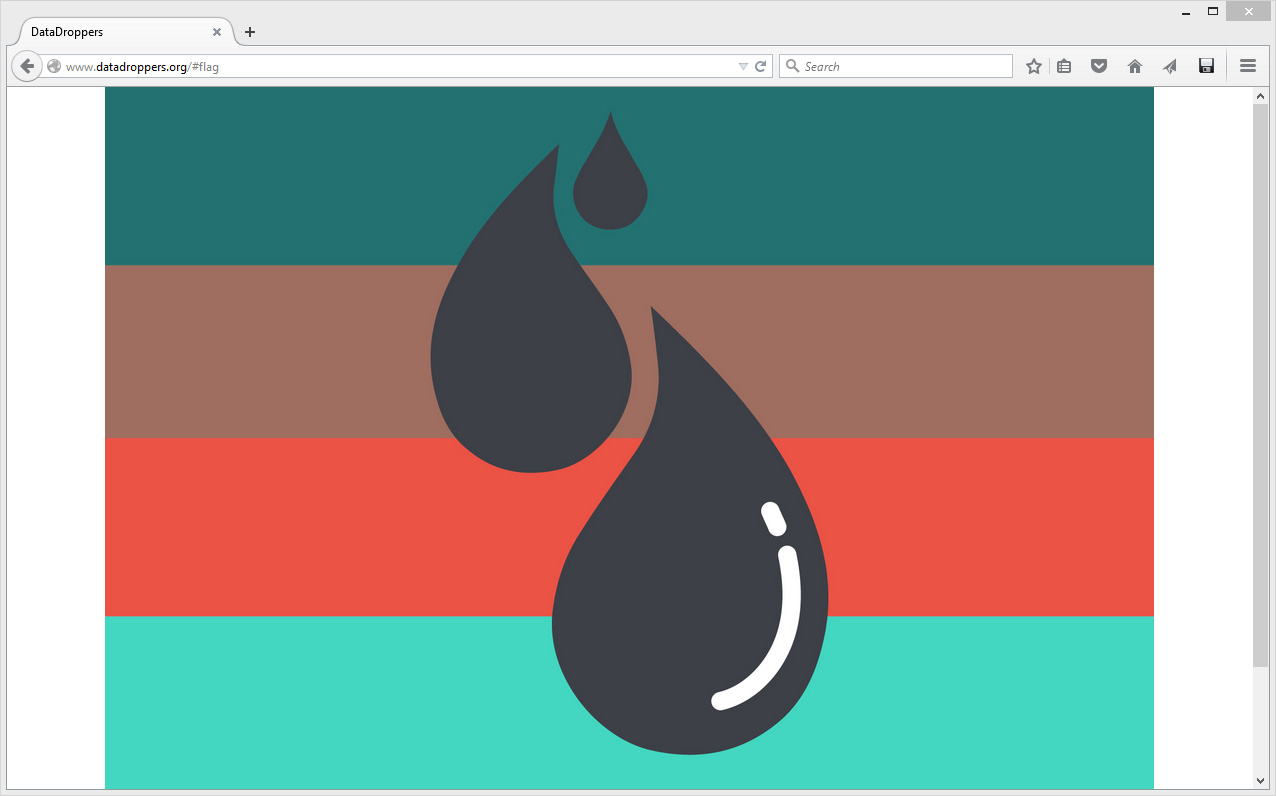
Datadroppers as a commune could even be considered as a micro-society or nation. It comes with a dowloadable "flag", if you desire to manifest your attachment to its philosophy or plant it in your datacenter!

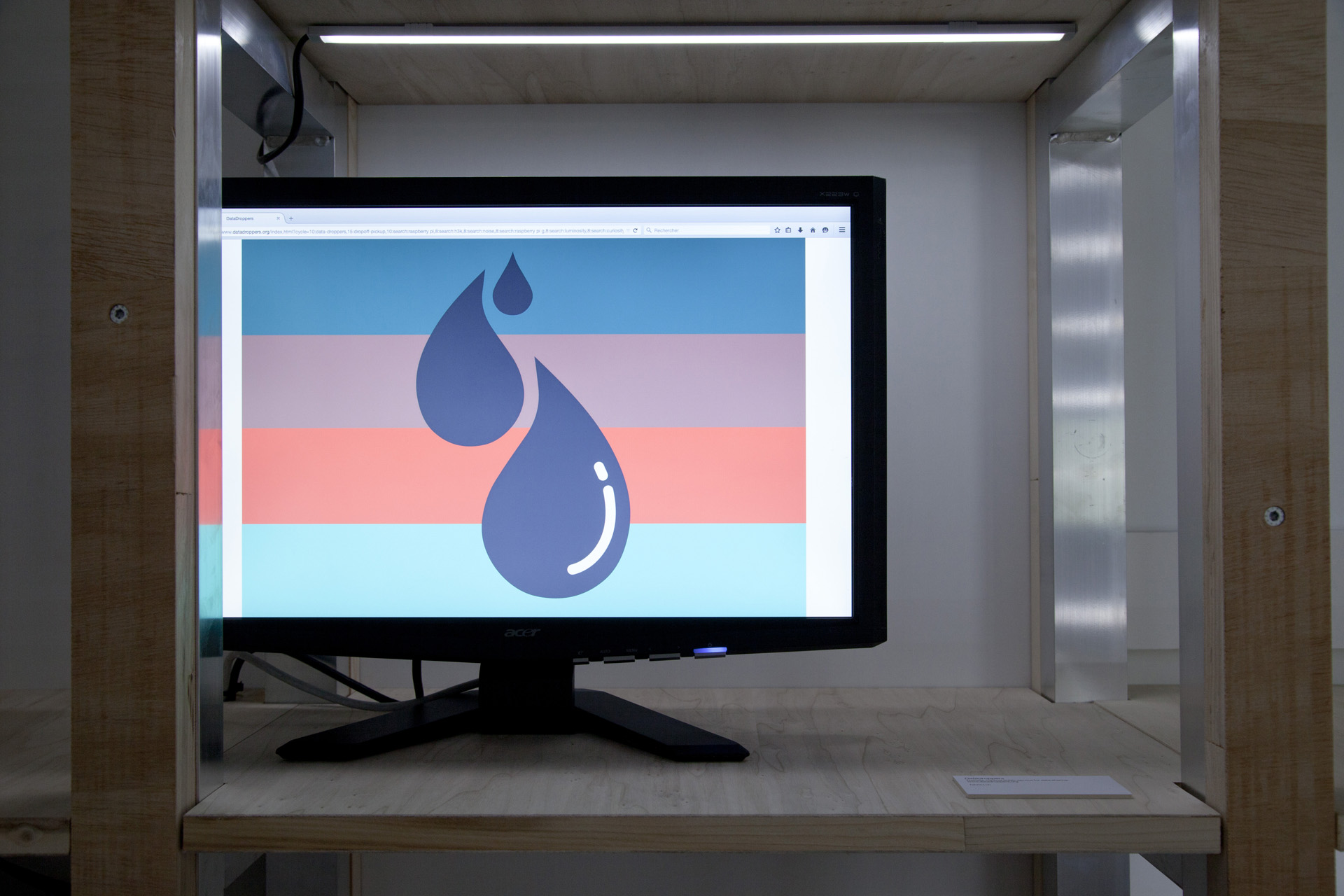
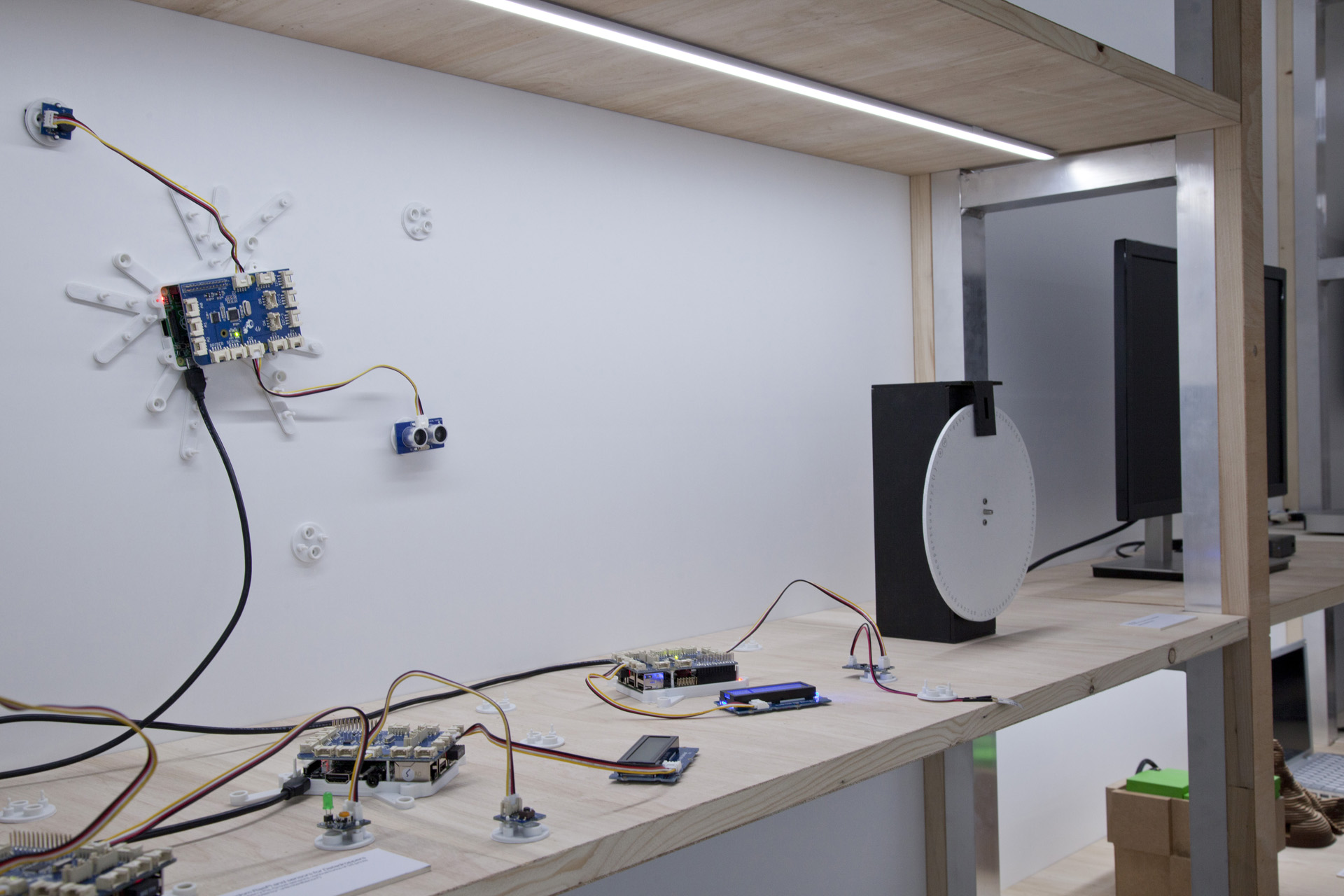
.jpg)
Some views of Datadroppers in first use during Poetics and Politics of Data exhibition at the Haus der elektronische Künste in Basel (Switzerland), as part of the scenography designed by fabric | ch. Many Raspberry Pis were installed inside the space that captured exhibition's data and feed the service. They can now be retrieved from http://www.datadroppers.org/index.html#search as the exhibition will end this week-end > search with string "H3K" or "Museum".
.jpg)
.jpg)

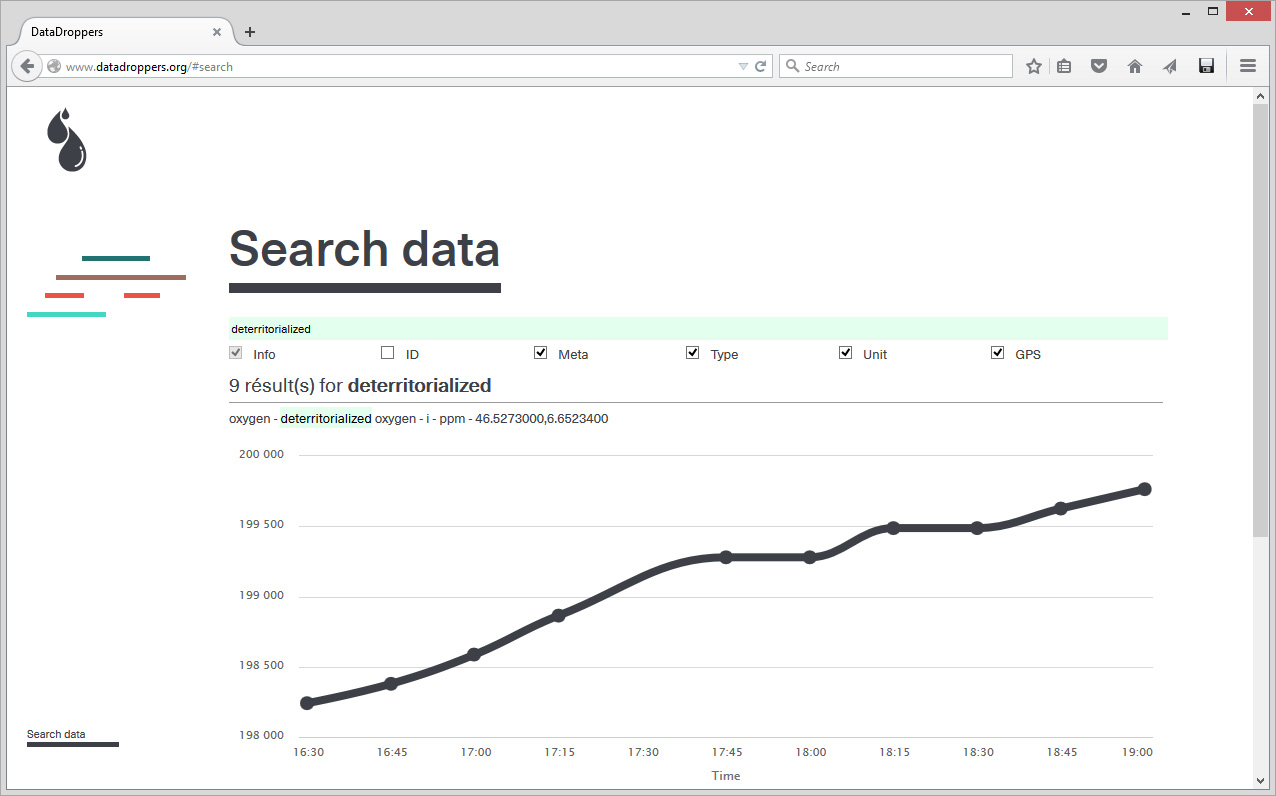
Finally, I must mention the project that initiated Datadroppers, both because we developed the rules of the data sharing service during this latter project (Link > follow "Access to open data feeds"), but also because it is probably one of the most interesting use of Datadroppers so far...
Deterritorialized Living is an artificial, yet livable troposphere that is delivered in the form of data. Just like if we indeed install atmospheric sensors in a real environment, unless the environment doesn't exist in this case (yet), it is the project. The process is therefore reversed within this almost geo-engineered climate that follows different rules than our earth/cosmos driven everyday atmosphere. We have the open data feed to later set it up. fabric | ch or another designer as the feed is open. We plan to use this feed and materialized it through different installations, like we already started to do.
So, for now, this fictive data flow of a designed atmosphere is also delivered as a feed (again: Search data > Deterritorialized), among other ones (some "real", some not), within the webservice offered by Datadroppers .
Related Links:
fabric | rblg
This blog is the survey website of fabric | ch - studio for architecture, interaction and research.
We curate and reblog articles, researches, writings, exhibitions and projects that we notice and find interesting during our everyday practice and readings.
Most articles concern the intertwined fields of architecture, territory, art, interaction design, thinking and science. From time to time, we also publish documentation about our own work and research, immersed among these related resources and inspirations.
This website is used by fabric | ch as archive, references and resources. It is shared with all those interested in the same topics as we are, in the hope that they will also find valuable references and content in it.
Quicksearch
Categories
Calendar
|
|
July '25 | |||||
| Mon | Tue | Wed | Thu | Fri | Sat | Sun |
| 1 | 2 | 3 | 4 | 5 | 6 | |
| 7 | 8 | 9 | 10 | 11 | 12 | 13 |
| 14 | 15 | 16 | 17 | 18 | 19 | 20 |
| 21 | 22 | 23 | 24 | 25 | 26 | 27 |
| 28 | 29 | 30 | 31 | |||

